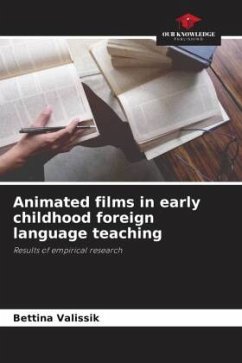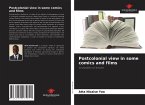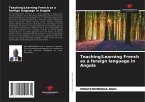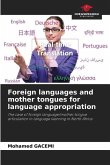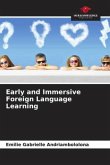Scientists agree that film is a very useful and versatile medium for foreign language teaching. There are many films that are suitable for foreign language teaching. The decisive factor is whether the right method and the right tasks are chosen for the application. It is also a fact that foreign language skills are becoming increasingly important and that more and more people are trying to learn foreign languages at an early age. From a developmental psychology and neuropsychology perspective, this is a great advantage. European language policy calls for pupils to learn up to three languages at school. Based on these findings, this master's thesis was written, empirical research was conducted and, based on this, the research question 'What effect does the use of animated films in early foreign language teaching have on children's learning success?' was answered. The results are particularly exciting with regard to multilingualism in children.
Bitte wählen Sie Ihr Anliegen aus.
Rechnungen
Retourenschein anfordern
Bestellstatus
Storno

